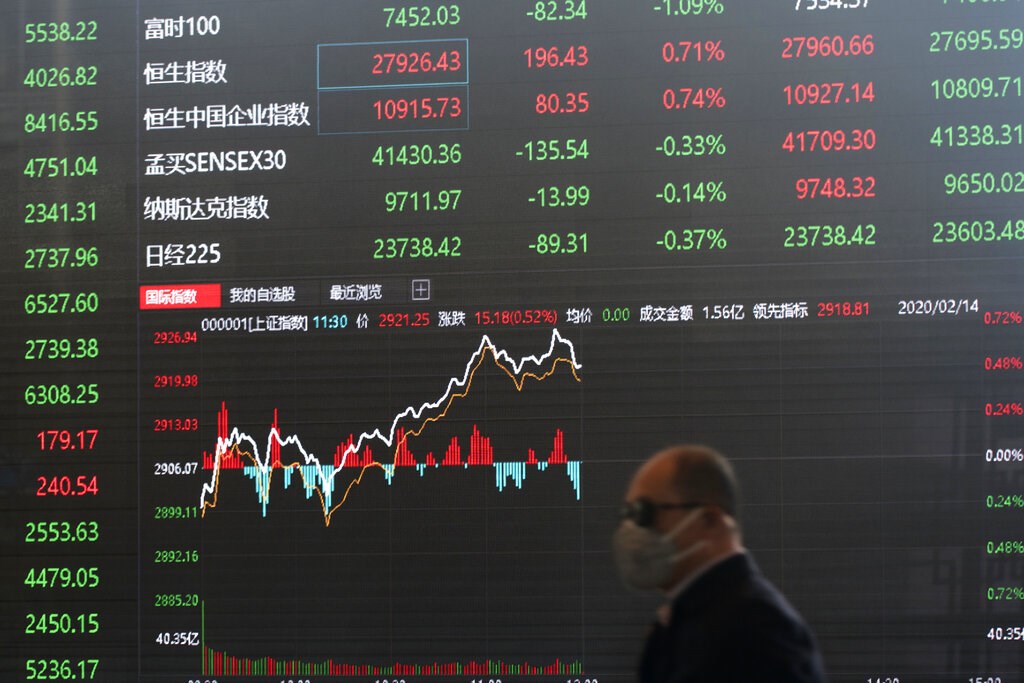Kate Lin: Welcome to Morningstar. Amid harsh corrections in both stock and bond markets, the role of bonds to generate income while buffering a portfolio against volatile stock markets is diminished. How did Asian multi-asset funds do so far this year? Patrick Ge, Senior Manager Research Analyst at Morningstar, is here to tell us.
Hi, Patrick. How have Asia and China-focused allocation funds fared the rare sell-off in both stocks and bonds?
Patrick Ge: Well, Kate, as you know, bonds have traditionally been viewed as a lower risk return asset class relative to stocks, and the returns have been negatively correlated for the past two decades. Investing in both asset classes has helped investors diversify their portfolios during periods of market volatility. However, we've seen this correlation break down year-to-date, with both equities and bonds selling off, which is unusual as bonds typically provide some cushion in a falling market. Rising inflation and higher interest rate volatility has been a headwind for both asset classes.
These challenges plagued both developed market countries and Asia countries, with the latter facing steeper absolute losses given a double whammy from China. China's regulatory crackdowns on the tech and education sector caused growth-oriented stocks to plummet while its resolve to deleverage its property sector also sparked a sector-wide sell-off in property bonds.
Lin: Considering this, is it justified to look at allocation funds of such a narrow geographical focus?
Ge: Indeed, the narrower investment universe can lead to market volatility, but these Asian multi-asset funds offer investors a more diversified portfolio than what they'd owned if they were to invest solely in equity fund. For example, the Asia Allocation Morningstar category posted an average loss of 16% over the past one year ending May, which held up better actually than the equity index MSCI Asia ex Japan's loss of 22%. Plus, not all multi-asset funds are created equal, with some honing on generating income while others aim to capture growth stories which would appeal to different investors.
Lin: So, year-to-date, what have allocation funds done to help cushion market risks?
Ge: Well, active asset allocation decisions are a key performance determinant for multi-asset funds as portfolio managers look to successfully navigate their portfolios' exposures over a changing market cycle. Generally, they'd increase the portfolios' equity exposure during risk-on markets while they look to hold more government bonds and cash to protect during risk-off environments. This was the case over the past one year, as some PMs have trimmed their portfolios' equity exposure following the market sell-off and weakening investor sentiment, opting to keep higher elevated cash levels given their cautious stance. Now, some Asian multi-asset PMs have also increased their allocation to alternative assets such as commodities via ETFs, which they see as a hedge against inflation and to also piggyback on the commodity-driven price rally following global supply disruptions. We've also seen some PMs invest in gold year-to-date following talks of a looming recession.
Lin: Also, we have noticed some of the medalist allocation funds were beaten down for the near term. What are behind your convictions towards these funds?
Ge: You're absolutely right, Kate. Well, it is true that these growth-tilted Asia multi-asset funds have underperformed over the past year. It's important to not only focus on performance, but also the funds' fundamentals. For us, manager research analysts, that includes evaluating the funds' investment team as well as the investment process and really asking ourselves, do we still like those pillars or whether those underlying process and return drivers have changed at all?
For example, Bronze-rated Schroder China Asset Income underperformed peers and the category benchmark over the first quarter of this year. But we continue to have conviction in its lead asset allocator, as well as the underlying equity and fixed income portfolio managers, plus its well-structured asset allocation framework. This ultimately led to a reinstatement of its Bronze Morningstar Analyst Rating when we reviewed the fund earlier this year. And since then, the fund has rebounded through July year-to-date and has outpaced 60% of Asia allocation multi-asset funds and also beat its Morningstar category benchmark despite having its growth tilt.
Lin: Wonderful. Thank you so much for your time, Patrick. For Morningstar, I'm Kate Lin.












.png)




.jpg)





